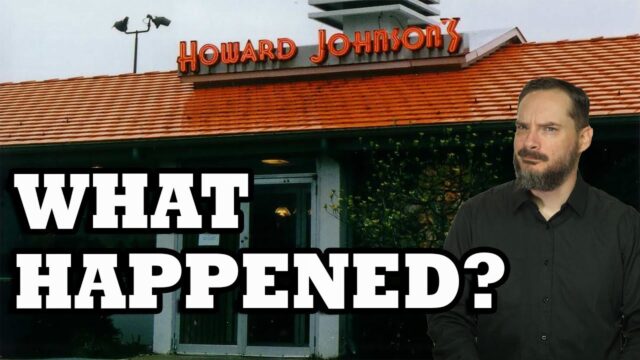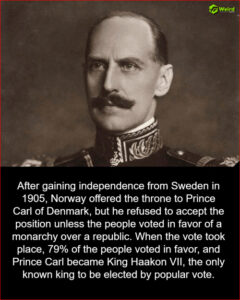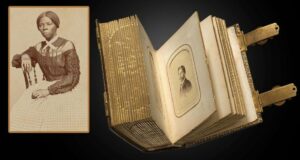“From Beloved Beacon to Forgotten Relic: Unraveling the Astonishing Decline of Howard Johnson’s Empire”
And it was on. With sales absolutely exploding in the aftermath, Johnson used the extra funds to expand to a second location in Wollaston in 1927, and then the next year opened several seasonal stands along the beaches of Massachusetts, primarily selling soft drinks, ice cream, and hot dogs, in all reportedly grossing some $240,000 (a little over $4 million today) in 1928, allowing him to easily pay off his and his deceased father’s remaining debts. On top of that, around this time he was able to get a $50,000 loan from Granite City Bank in Quincy to start a fully fledged restaurant on the ground floor in the bank’s new headquarters building, which at the time was the tallest building in the city.
As to why he wanted to expand into a full restaurant, with the rise of the automobile and progressively better roads connecting cities and towns, Johnson saw a huge opportunity and a need being unmet. At the time, when people traveled the country by car, the eating establishments along the way tended to vary widely in quality and fare, with little way for most to judge what they were going to get. He also foresaw that such travel across the country would only continue to become more and more popular as roads continued to be steadily improved and more and more people owned cars.
Thus, Johnson had a plan- create a restaurant with high quality meals that would remind people of home, then rinse and repeat that same restaurant throughout the nation along the highways, and make sure everything from service to look of the building inside and out to food would be the exact same regardless of which of his restaurants you ate at. A little bit of home no matter where you went.










